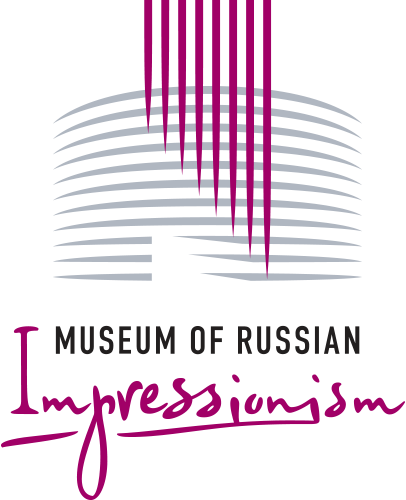
National originality, the texture of his painting, and their striking colour contrasts distinguished the landscapes of Alexei Isupov. The artist often painted countryside scenes, village life, and horses - “Winter Sun” is just such a work. Look closely at the bright sun, the soft snow with the tracks which the sleigh is making in it, and the dark silhouette of the horse. All of this conveys the sense that spring is in the air. Isupov paints it all effortlessly, with true mastery. Konstantin Korovin and Viktor Vasnetsov were among his teachers, and one of his classmates at the Moscow School of Art, Sculpture and Architecture, Vasily Meshkov, said admiringly: “I can say that I was born with a brush in my hand, but when I looked at the work of Alexei Isupov, I always thought with some kind of ‘good’ envy: no, he’s in another league from us. As for myself, for example, I don’t feel I will ever be able to paint so well.” The Italian press called Isupov the “carefree master”. Because of the artist’s problems with his health, he moved with his whole family to Rome, and lived there for some 30 years, until his death. “Alexei Isupov’s creativity – it is a display of the art of painting which knows all the joy and power of colour.” The Italian artist Mikele Biankale, himself no less talented a master, would say about Isupov’s works. Isupov left behind a rich legacy of his art and made a clause in his will that his wife should return the works of his Italian period to Russia after his death. She duly did so.



